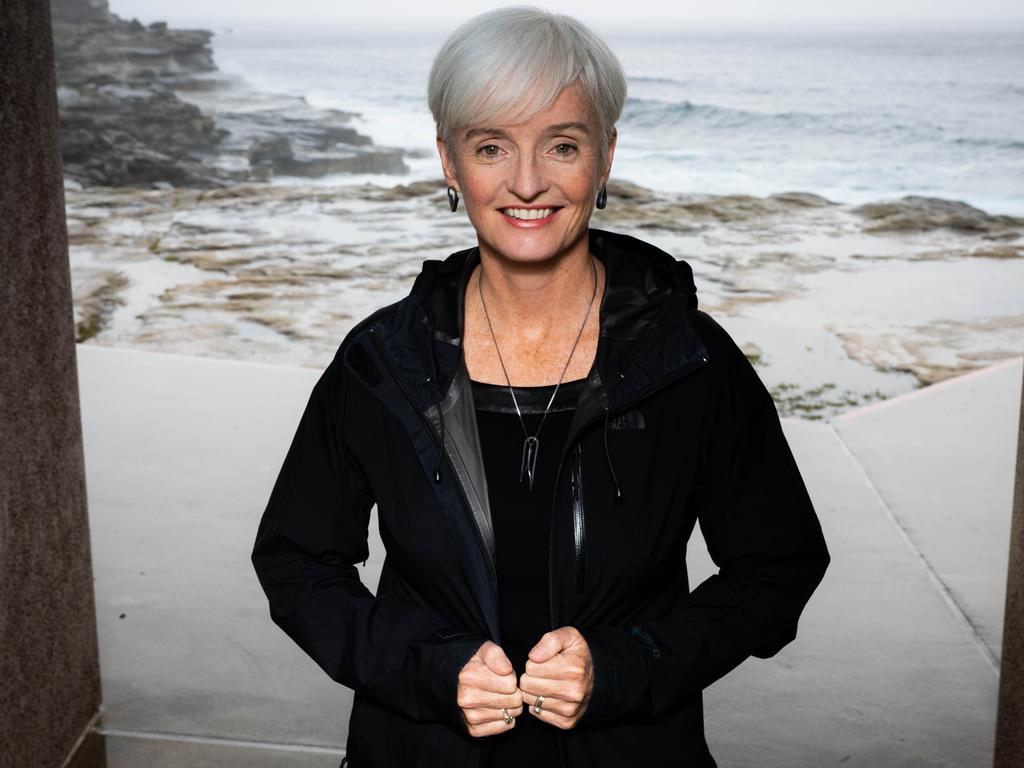Australia’s ‘shocking’ environment report card
Extreme weather events are having a compounding effect on Australia’s native plant and animal species, pushing many to the brink, a comprehensive new report has revealed.
From sea level rise and species survival to coastal erosion and coral bleaching, Australia’s environment is in poor shape and is expected to deteriorate further, according to a “shocking” new government report.
The five-yearly, 2000-page State of the Environment Report, to be released by Environment Minister Tanya Plibersek on Tuesday, looks in detail at the condition of the country after successive years of bushfires, floods, droughts and extreme heatwaves.
Ms Plibersek described it as a “shocking document … (that) tells a story of crisis and decline in Australia’s environment”.
Among other grim findings, the report reveals the list of Australian plants and animals under threat has gown 8 per cent since the last report in 2016, with 202 species joining the list.
The country now has more foreign plant species than native, the report’s authors noted.
Lead author Professor Emma Johnston from Sydney University said Australia was being hit by more extreme weather events, and these could have a cascading effect.
“There have been three mass bleachings on the Great Barrier Reef in the past five years … that is a ridiculous high frequency. You don’t have enough time for recovery,” she said.
“They’re often compounding, so you get one extreme event followed by another. So for example we had the bushfires of 2019/2020, immediately followed by flooding rains, which pushed ash and mud and vegetation into our rivers and estuaries, and so for the first time we’ve documented impacts of wildfire in estuaries. We’re seeing new impact types because we’re getting these new or more substantial extreme events.”

While climate change is putting many environmental systems under pressure, Prof Johnston said, one of the most “fixable” problems was land clearing. Approvals for removing vegetation under the Environment Protection and Biodiversity Conservation Act could and should look at the cumulative effects of the activity, rather than be considered “development by development,” she said.
The report revealed the previous government’s Threatened Species Strategy had only achieved “partial success,” with 51 of 71 designated priority species showing no improvement at all, although 14 species which had been in decline were now in recovery.
Of the 20 mammals on the priority species list, the lot of eight had improved, five had deteriorated, one was stable and six showed only minor changes.
Australian Conservation Foundation CEO Kelly O’Shanassy said nature was “under pressure like never before with wildlife habitat continuing to be destroyed”.
“Much-loved Australian species like koalas, greater gliders and gang-gang cockatoos have recently been added to the endangered list and even Bogong moths, which were seen in their millions just a few years ago, are now in strife,” she said.

The report was provided to former Environment Minister Sussan Ley last December, who was criticised for not releasing it prior to the election.
Ms Plibersek slammed the previous government for “a decade of … inaction and wilful ignorance”.
“I won’t be putting my head in the sand – under Labor, the environment is back on the priority list,” she said.
But a spokesperson for Ms Ley said the report was “dealt with consistent with the statutory time-frame set out under the Act”. The Coalition had delivered several environmental initiatives while in office, including record funding for the Great Barrier Reef and increased cash for threatened species, the spokesperson said.
Prof Johnston said the 30-plus authors who worked on the report “would have been really pleased to have that information available as soon as it was complete … wherever possible, radical transparency is a great philosophy”.
Originally published as Australia’s ‘shocking’ environment report card




